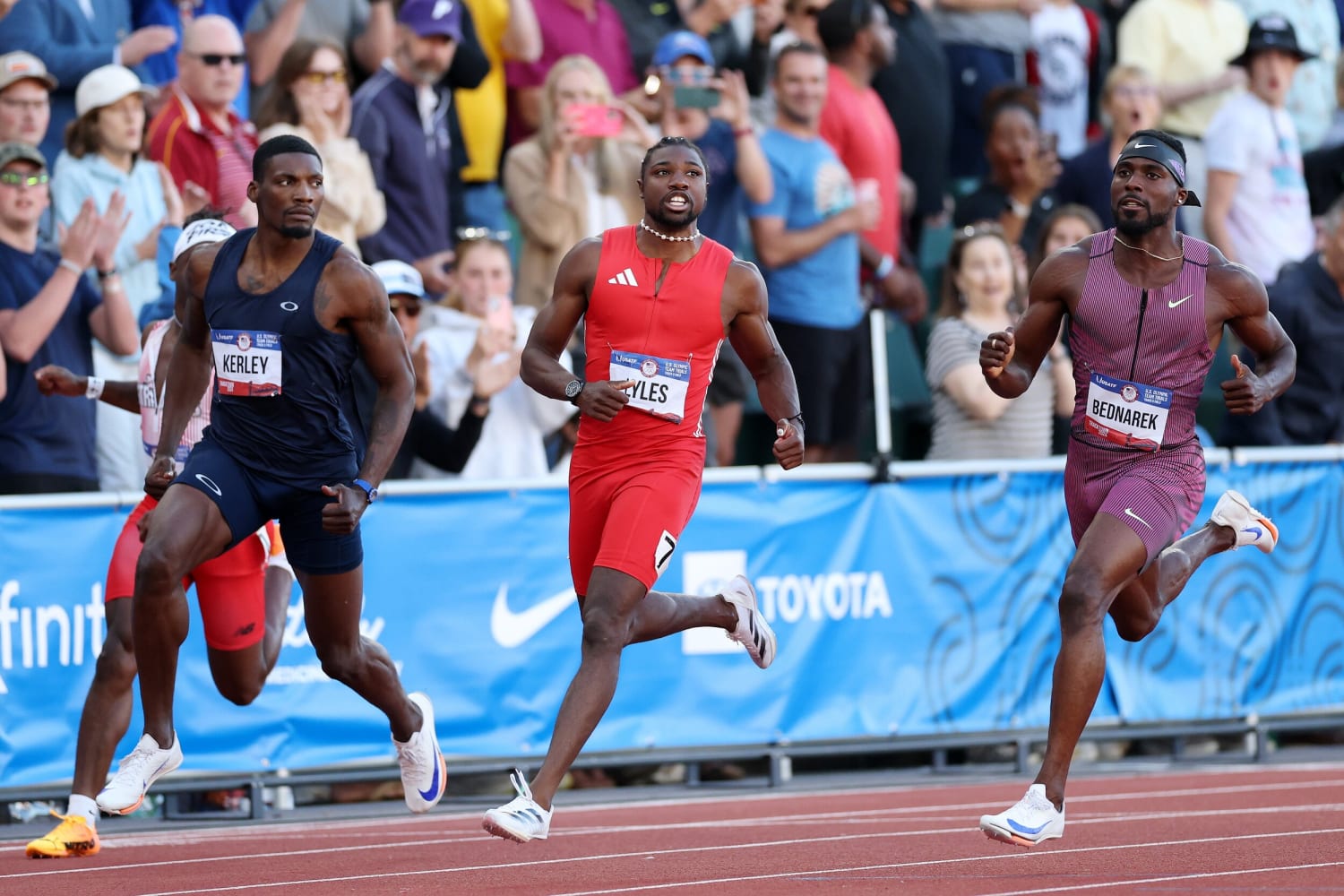Imagine a world where diseases like smallpox still ravage communities or where a cancer diagnosis is a guaranteed death sentence. Thanks to medical research, that’s not our reality. Medical research is the backbone of modern healthcare, driving discoveries that save lives, improve quality of life, and reshape how we prevent and treat illnesses. In this article, we’ll dive deep into how medical research fuels healthcare advancements, weaving in real stories, data, and practical insights to show you why it matters and how it impacts you—whether you’re a patient, a healthcare provider, or just curious about the future of medicine.
What Is Medical Research and Why Does It Matter?
Medical research is the systematic investigation of health-related questions to generate new knowledge, treatments, or technologies. It spans everything from lab experiments to clinical trials and population studies. Without it, we’d still be using leeches for headaches or guessing at cancer treatments. It’s the reason we have vaccines, organ transplants, and wearable health devices.
The Scope of Medical Research
Medical research isn’t just scientists in white coats peering into microscopes. It includes basic research (understanding biology), clinical research (testing treatments), and translational research (bridging lab discoveries to patient care). Each type plays a unique role in advancing healthcare, ensuring discoveries move from petri dishes to hospital beds.
Why It’s Essential for Progress
Think about insulin for diabetes. Before its discovery in 1921, a diabetes diagnosis was a death sentence. Research turned it into a manageable condition. Today, medical research tackles everything from rare genetic disorders to global pandemics, ensuring healthcare evolves with our needs.
How Medical Research Drives Breakthrough Treatments
The leap from a lab idea to a life-saving drug is a long one, but it’s where medical research shines. Take the story of Emily Whitehead, a young girl diagnosed with acute lymphoblastic leukemia in 2010. Standard treatments failed her, but a groundbreaking CAR-T cell therapy, born from years of research, put her cancer into remission. She’s now a thriving adult, a living testament to research’s power.
Developing New Drugs and Therapies
Drug development is a marathon, often taking 10–15 years and billions of dollars. Research identifies biological targets, tests compounds, and refines them through clinical trials. For example, statins, which lower cholesterol, emerged from decades of studying heart disease pathways.
Personalizing Medicine
Medical research has ushered in precision medicine, tailoring treatments to individual genetics. For instance, the drug Herceptin targets a specific protein in some breast cancers, improving survival rates for patients with that genetic marker. This personalized approach is transforming outcomes.
The Role of Clinical Trials
Clinical trials are the bridge between lab discoveries and real-world treatments. They test safety and efficacy, often involving thousands of participants. The rapid development of COVID-19 vaccines, like Pfizer’s, relied on global trials that enrolled over 40,000 people in months, showcasing research at its fastest.
| Phase | Purpose | Participants | Duration |
|---|---|---|---|
| Phase 1 | Safety | 20–100 | Months |
| Phase 2 | Efficacy | 100–300 | 1–2 years |
| Phase 3 | Large-scale testing | 1,000–3,000 | 2–4 years |
| Phase 4 | Post-market monitoring | Thousands | Ongoing |
Advancing Diagnostic Tools Through Research
Ever wondered how doctors can spot a tumor before it’s too big to treat? Medical research has revolutionized diagnostics, making early detection a reality. My uncle, a smoker for 30 years, caught lung cancer early thanks to a low-dose CT scan—a technology refined through years of imaging research. Early diagnosis saved his life.
Imaging Technologies
Research has given us MRI, CT, and PET scans, which detect abnormalities with pinpoint accuracy. For example, MRI technology, developed in the 1970s, now helps diagnose everything from brain injuries to heart defects, often without invasive procedures.
Biomarker Discovery
Biomarkers are biological clues that signal disease. Research into biomarkers has led to blood tests that detect Alzheimer’s years before symptoms or PSA tests for prostate cancer. These tools help doctors act early, improving patient outcomes.
Wearable and Remote Monitoring
Wearable devices, like smartwatches that track heart rhythms, owe their existence to research. These tools empower patients to monitor their health in real time, catching issues like arrhythmias before they become emergencies.
The Impact of Medical Research on Public Health
Medical research doesn’t just help individuals—it transforms entire populations. The eradication of smallpox in 1980, driven by decades of vaccine research, saved millions of lives. Public health research continues to shape policies and prevent disease on a global scale.
Vaccine Development
Vaccines are one of research’s greatest triumphs. The polio vaccine, introduced in 1955, reduced cases from 350,000 annually to near zero. Recent mRNA vaccine technology, developed over decades, proved its worth during the COVID-19 pandemic, reducing mortality rates significantly.
Epidemiology and Disease Prevention
Epidemiological research tracks disease patterns, informing prevention strategies. For example, studies linking smoking to lung cancer led to public smoking bans, cutting lung cancer rates by 20% in some regions over a decade.
Health Policy Improvements
Research informs policies like vaccination mandates or dietary guidelines. For instance, studies on sugar’s role in obesity prompted soda taxes in cities like Philadelphia, reducing consumption by 20% in some studies.
The Role of Technology in Medical Research
Technology and medical research are like peanut butter and jelly—they’re better together. From AI to gene editing, tech is accelerating discoveries, making research faster and more precise.
Artificial Intelligence in Research
AI analyzes massive datasets, spotting patterns humans might miss. In 2020, Google’s DeepMind solved protein folding, a decades-old puzzle, potentially speeding up drug discovery for diseases like Alzheimer’s.
CRISPR and Gene Editing
CRISPR, a gene-editing tool, is a research game-changer. It’s being tested to cure genetic disorders like sickle cell anemia. In 2021, a patient received CRISPR therapy for a rare liver disease, showing promising results.
Big Data and Analytics
Big data lets researchers study millions of patient records to find trends. For example, analyzing electronic health records helped identify risk factors for severe COVID-19, guiding treatment protocols.
Challenges in Medical Research
Medical research isn’t all breakthroughs and high-fives. It faces hurdles that slow progress, from funding shortages to ethical dilemmas. Understanding these challenges helps us appreciate the victories.
Funding Limitations
Research is expensive. The National Institutes of Health (NIH) spends about $45 billion annually, but only 20% of grant applications get funded. Underfunding can stall promising projects, delaying treatments.
Pros of Increased Funding:
- Faster drug development
- More clinical trials
- Greater access to cutting-edge tech
Cons of Limited Funding:
- Slower progress
- Fewer researchers
- Neglected rare diseases
Ethical Considerations
Research must balance innovation with ethics. For example, early clinical trials for gene therapies raised concerns about long-term risks, prompting stricter oversight. Ethical lapses, like the Tuskegee syphilis study, remind us why trust matters.
Translating Research to Practice
Not all research makes it to patients. It can take 17 years for a discovery to become standard care. Bridging this gap, known as translational research, is a growing focus, but it’s still a slog.
Real-World Examples of Research Impact
Stories bring research to life. Consider James Allison, who won a Nobel Prize for his work on immunotherapy. His research on T-cells led to drugs like Keytruda, which helped former President Jimmy Carter beat melanoma in 2015. These breakthroughs show research’s human impact.
Case Study: HIV/AIDS
In the 1980s, HIV was a death sentence. Research into antiretroviral therapy (ART) transformed it into a chronic condition. Today, people with HIV can live near-normal lifespans, thanks to decades of relentless study.
Case Study: mRNA Vaccines
The COVID-19 pandemic showcased research at its best. mRNA vaccines, built on 20 years of prior research, were developed in under a year. By 2023, they had saved an estimated 20 million lives globally.
People Also Ask (PAA) Section
Below are real questions from Google’s “People Also Ask” feature, answered to address common curiosities about medical research.
What is the role of medical research in healthcare?
Medical research drives healthcare forward by developing new treatments, improving diagnostics, and informing public health policies. It turns scientific discoveries into practical solutions, like vaccines or cancer therapies, that save lives and improve well-being.
How does medical research improve patient outcomes?
Research improves outcomes by creating targeted therapies, enhancing early detection, and personalizing care. For example, research on biomarkers allows doctors to catch diseases like cancer earlier, increasing survival rates.
Why is funding important for medical research?
Funding fuels research by supporting scientists, clinical trials, and technology. Without it, projects stall, delaying treatments. For instance, NIH funding helped develop the HPV vaccine, preventing millions of cervical cancer cases.
What are the challenges in medical research?
Challenges include limited funding, ethical concerns, and the slow translation of discoveries to practice. Only about 20% of NIH grant applications are funded, and it can take 17 years for research to reach patients.
How to Access Medical Research and Its Benefits
Want to stay informed or benefit from research? Here’s how to tap into its power.
Where to Find Reliable Research
- PubMed: A free database with millions of peer-reviewed studies.
- ClinicalTrials.gov: Lists ongoing trials you might join.
- Trusted Organizations: Look to the NIH, WHO, or Mayo Clinic for credible summaries.
Participating in Clinical Trials
Joining a trial can give you access to cutting-edge treatments. Check ClinicalTrials.gov for trials near you, but consult your doctor to weigh risks and benefits.
Best Tools for Staying Updated
- Google Scholar: Tracks new studies.
- Health Apps: Apps like MyHealth or WebMD summarize research for laypeople.
- Newsletters: Subscribe to updates from organizations like the CDC or Johns Hopkins.
Comparing Medical Research Approaches
Not all research is created equal. Here’s a comparison of key approaches to show their strengths and weaknesses.
| Approach | Strengths | Weaknesses |
|---|---|---|
| Basic Research | Uncovers fundamental biology; long-term impact | Slow to yield practical results |
| Clinical Research | Tests real-world treatments; direct patient impact | Expensive; time-consuming |
| Translational Research | Bridges lab to clinic; faster application | Complex coordination required |
FAQ Section
How does medical research benefit society?
It improves health outcomes, reduces disease burden, and informs policies. For example, research on smoking led to public health campaigns that cut lung cancer rates.
What are some recent medical research breakthroughs?
Recent breakthroughs include mRNA vaccines for COVID-19, CRISPR gene therapies for sickle cell anemia, and AI-driven diagnostic tools for early cancer detection.
How long does it take for research to impact healthcare?
It varies, but the average is 17 years from discovery to widespread use. Rapid cases, like COVID-19 vaccines, took less than a year due to urgent need and prior research.
Can anyone participate in medical research?
Yes, but eligibility depends on the study. ClinicalTrials.gov lists trials open to volunteers, but you’ll need to meet specific criteria and consult your doctor.
How is medical research funded?
Funding comes from government (e.g., NIH), private companies, and nonprofits. The NIH allocates about $45 billion annually, but competition for grants is fierce.
The Future of Medical Research
The future is bright, with AI, gene editing, and big data poised to accelerate discoveries. Imagine a world where cancer is as manageable as a cold or where AI predicts heart attacks before they happen. That’s the promise of medical research. But it needs support—funding, ethical oversight, and public trust—to keep delivering.
Medical research isn’t just about lab coats and test tubes; it’s about people like Emily Whitehead, my uncle, and millions of others whose lives have been saved or improved. It’s a slow, messy, but beautiful process that turns hope into reality. So, next time you get a vaccine or pop a pill, remember: that’s research at work, quietly changing the world one breakthrough at a time.




